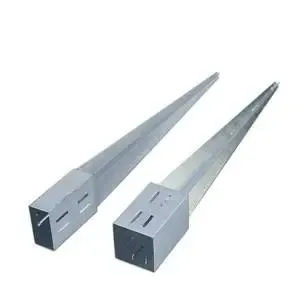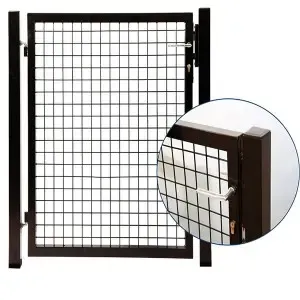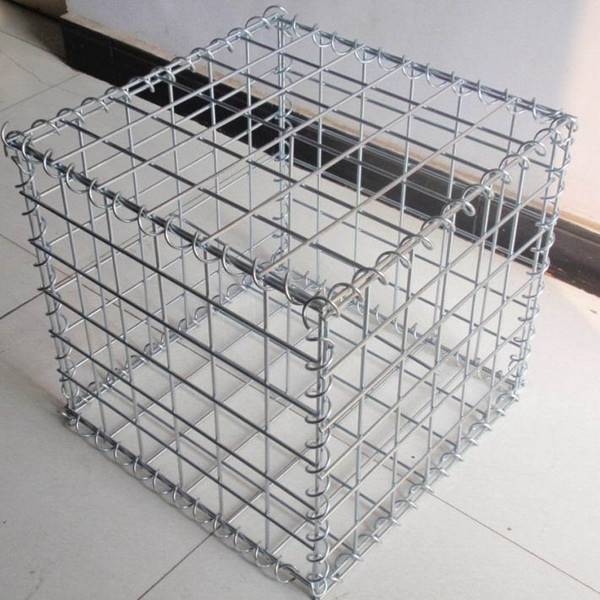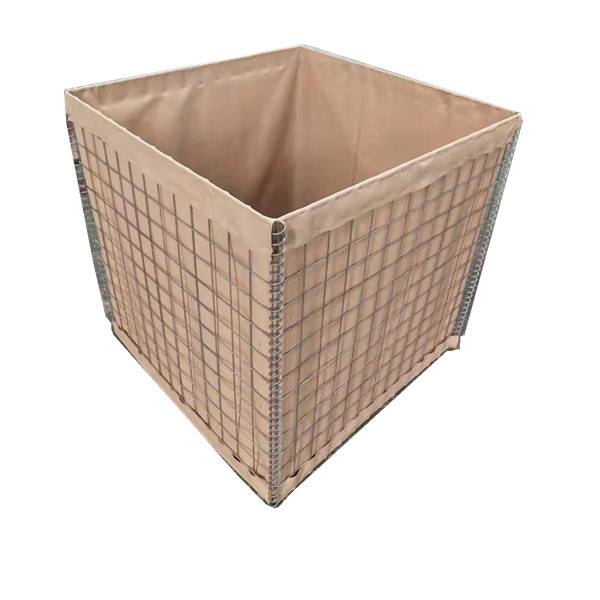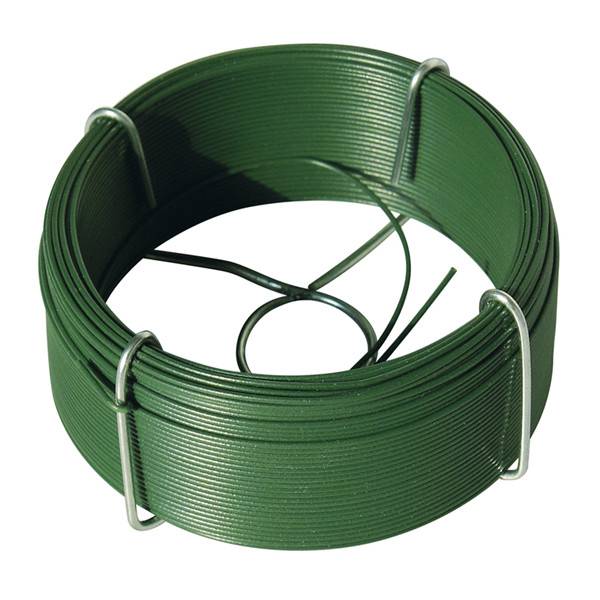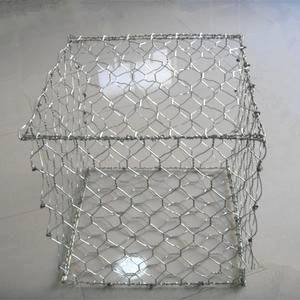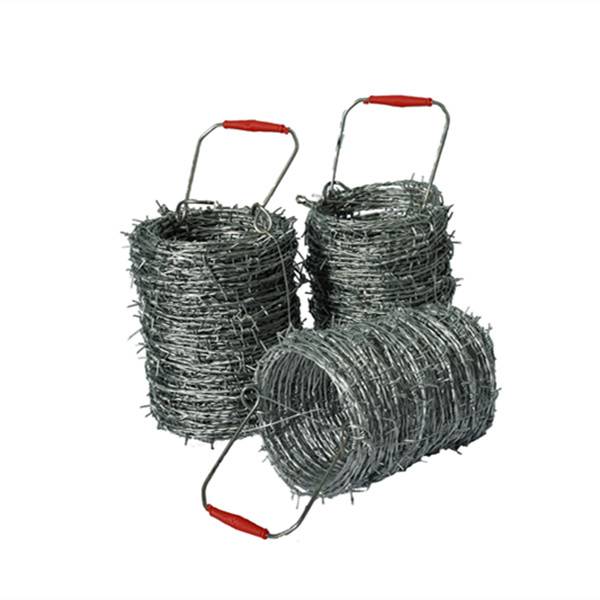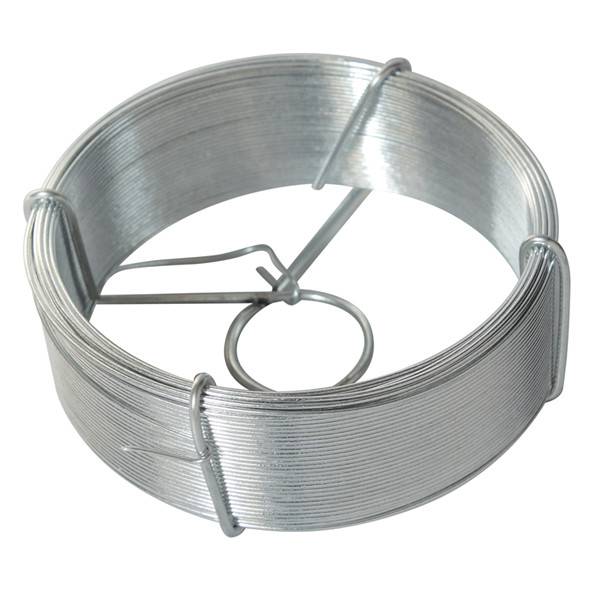
Aug . 29, 2024 20:33 Back to list
Barbed Wire
The Cost of Barbed Wire Understanding Meter per Kilogram (m/kg)
Barbed wire has long been a staple in agricultural and security applications. Its rugged design and effective deterrence make it a favored choice for fencing around farms, properties, and even prisons. However, when it comes to purchasing barbed wire, one term that often comes up is meter per kilogram (m/kg). Understanding this metric is crucial for consumers looking to get the best value for their money.
What Does Meter per Kilogram Mean?
Meter per kilogram refers to the length of barbed wire that can be produced from one kilogram of raw material. This measurement is significant because it allows manufacturers and consumers to gauge the wire's density, thickness, and overall utility. Generally, a higher meter per kilogram ratio indicates a lighter wire, which is advantageous when considering the cost and ease of installation. Conversely, a lower ratio suggests a thicker, sturdier wire that may offer better durability but at a higher weight cost.
Factors Affecting Meter per Kilogram
Several factors influence the m/kg of barbed wire
1. Material Composition Barbed wire is typically made from high-carbon steel, galvanized steel, or stainless steel. Each material's properties will impact the overall weight and length potential. For example, stainless steel is more durable and resistant to corrosion but is often heavier and costs more.
barbed wire meter per kg

2. Wire Thickness Thicker wires generally weigh more, leading to lower meters per kilogram. Thus, when selecting a suitable barbed wire, it’s essential to balance the need for strength with the practicality of weight.
3. Barb Spacing and Design The design of the barbs (the sharp points along the wire) also plays a significant role. The configuration, spacing, and size of the barbs can alter the wire's overall length, affecting the m/kg measurement.
Evaluating Cost Efficiency
When purchasing barbed wire, it’s tempting to view price per meter as the sole metric of cost efficiency. However, considering the meter per kilogram alongside the price can provide a clearer picture. For instance, a wire that seems cheaper per meter may actually weigh more, requiring more posts or supporting structures, increasing overall installation costs.
Moreover, understanding the m/kg can help in estimating how much wire would be needed for a specific application. Lighter options might be preferred for temporary fencing, while heavier-duty wires may be more suitable for permanent fences that must withstand elements or animal pressure.
Conclusion
In summary, the meter per kilogram is a vital metric when purchasing barbed wire, influencing not just costs but also installation processes. A balanced approach considering both weight and length can lead to better purchasing decisions, ensuring that consumers select the right product for their needs without falling into the trap of misjudging value based solely on price per length. Whether for agricultural use or security measures, understanding the nuances of barbed wire specifications can save both time and money in the long run. Therefore, before making that next barbed wire purchase, be sure to evaluate the m/kg alongside other factors to ensure you’re making an informed choice.
-
Why a Chain Link Fence is the Right Choice
NewsJul.09,2025
-
Upgrade Your Fencing with High-Quality Coated Chicken Wire
NewsJul.09,2025
-
The Power of Fence Post Spikes
NewsJul.09,2025
-
The Best Pet Enclosures for Every Need
NewsJul.09,2025
-
Secure Your Property with Premium Barbed Wire Solutions
NewsJul.09,2025
-
Enhance Your Construction Projects with Quality Gabion Boxes
NewsJul.09,2025
Products categories



